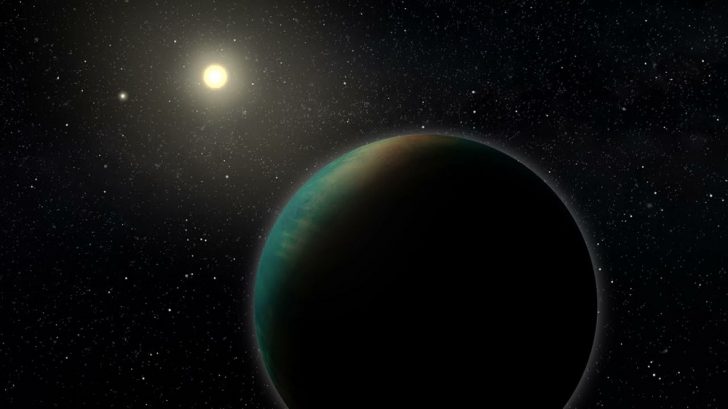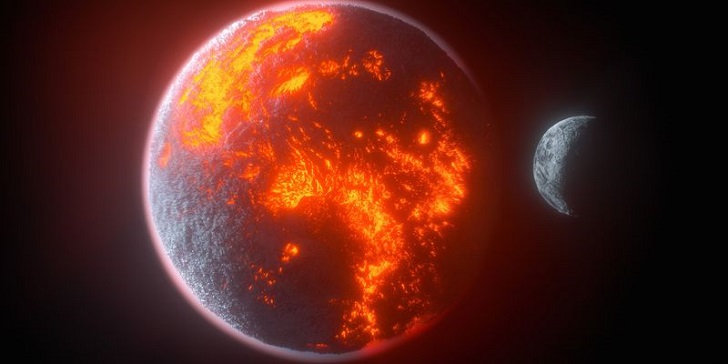In recent years, the search for exoplanets has become a significant field of study. New exploration techniques, such as the Transit Exoplanet Survey Satellite (TESS), have helped researchers to detect and study celestial bodies outside our solar system.
In a study by the University of Montreal, scientists discovered a tidally locked exoplanet, LP 791-18 d, using data from TESS and the Spitzer Space Telescope. The planet is located 186 light-years away from Earth and can sustain life.

Benoit Gougeon/ Université de Montréal | The planet was located and observed using data from NASA’s Tess satellite and the Spitzer Space Telescope.
Characteristics of LP 791-18 d
LP 791-18 d is a super-Earth, meaning it is slightly more massive than Earth but still small compared to gas giants. The planet's unique feature is its tidal locking, which causes one side of the planet to always face the star while the other side remains in permanent darkness. Water condensation on the planet's night side has caught researchers' attention as it is critical for life.
The planet's size is about 1.3 times that of Earth, and it is estimated to be at a temperature of -25°C, making it too cold for life as we know it. The planet orbits its star every 23.7 days, residing at a distance of 0.084 astronomical units from it.
Volcanic Activity
The exoplanet has fascinating characteristics. One such feature is the possibility of Lunar-like volcanic activity. Scientists have hypothesized this activity level as the planet is influenced by a more massive exoplanet, which causes gravitational tugs, heats the planet's interior, and promotes volcanic activity.

NASA’s Goddard Space Flight Center/ Chris Smith | LP 791-18 d is an Earth-size world about 90 light-years away
Exoplanet Io and Earth's moon are prime examples of this behavior, and if LP 791-18 d follows that same pattern, it could provide crucial clues about exoplanetary evolution.
Possible Habitable Conditions
Water is a crucial element for life as we know it, and its potential existence on LP 791-18 d is an exciting prospect for researchers. However, any possibility for habitability depends on whether liquid water exists and whether the planet has the proper environmental conditions of light, heat, and chemical composition.
The planet's atmosphere is exciting, which regulates temperature and can offer insights into potential biosignatures. Future research using NASA's James Webb Space Telescope will help us gain greater insight into the exoplanet's atmospheric properties.

Alexandra Mae Jones/ NASA | The discovery of an Earth-size planet in the habitable zone is a huge step forward in the search for life outside the solar system
Conclusion
The discovery of a potentially habitable exoplanet takes researchers closer to finding life beyond our solar system. LP 791-18 d has unique characteristics, making it an excellent candidate for in-depth study. Its tidally locked nature and the possibility of volcanic activity make it particularly compelling and further our understanding of exoplanetary systems.
Though we need more data about its atmosphere and chemistry to make a more informed judgment, the discovery of this exoplanet represents the latest development in the search for life beyond the confines of our solar system. Rest assured, mankind's relentless search for answers means that future missions and technological advancements will continue to unlock the secrets of exoplanetary life.

